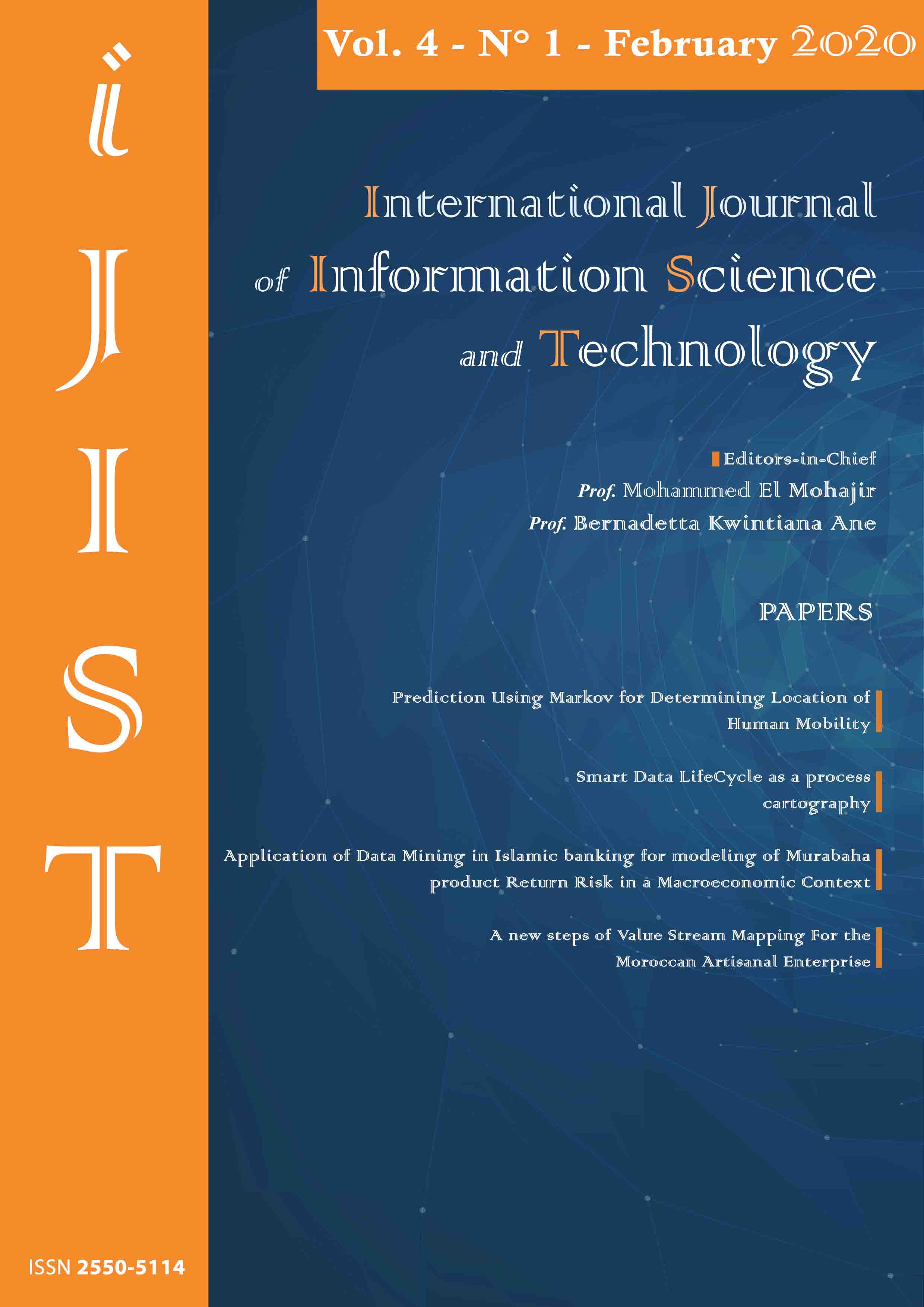Application of Data Mining for modeling of an Islamic Financial Product (Murabaha) Return Risk in a Macroeconomic Context
Abstract
Abstract— Islamic financing has known a remarkable expansion in recent decades because of its alternative solutions in line with the Islamic religion.Nevertheless, despite its attractiveness to investors, the investment based on Islamic financial products (PFI) may also present some risks.Risk management has an important dimension and is proving to be an undeniable study to be carried out before any investment based on PFIs and which any investor can also request.A significant number of risks are related to economic factors that may affect the performance of a PFI and should be taken into account.The exclusion of macroeconomic indicators from the risk assessment model can result in distortions in the results.In this study, we will be interested in the product Murabaha, which represents the most proposed PFI by Islamic financial institutions as it presents an income and a well-known and guaranteed margin plus the low costs generated.IIn this paper, we present an approach which is part of the continuity of the previous results on the preceding article “Estimation of Murabaha margin”[1] allowing the Islamic bank to estimate the Murabaha margin outside of the index Labor related to the interest rate, using the performance history of an optimal portfolio of projects that remains as incomplete and dependent on market factors) .But this time completes risk management for decision support investment in a Murabaha project, taking into account macroeconomic factors through Neural networks allowing the construction of a predictive model for Murabaha's performance risk. This new approach aims to go out with a more relevant model which takes into account the economic environment as well, which allows the Islamic bank to assess the risk incurred and the profitability of an investment project to their fair values in view of its acceptance or rejection. In this research, we present an approach that has been consistent with previous results (see information), but this time in the frame of risk management for investment decision support in a Murabaha project by taking into account macroeconomic factors with an economic model. Therefore, the objective of this research is to incorporate macroeconomic indicators into the risk assessment to ensure the validity of the model that will take into account market indices and the environment of the investment of the Murabaha product for better decision making.Index Terms - : Islamic banks, Murabaha, macroeconomic indicators, risk assessment, data mining, Neural networks.The submitting author warrants that the submission is original and that she/he is the author of the submission together with the named co-authors; to the extend the submission incorporates text passages, figures, data or other material from the work of others, the submitting author has obtained any necessary permission.
Articles in this journal are published under the Creative Commons Attribution Licence (CC-BY). This is to get more legal certainty about what readers can do with published articles, and thus a wider dissemination and archiving, which in turn makes publishing with this journal more valuable for you, the authors.
In order for iJIST to publish and disseminate research articles, we need publishing rights. This is determined by a publishing agreement between the author and iJIST.
By submitting an article the author grants to this journal the non-exclusive right to publish it. The author retains the copyright and the publishing rights for his article without any restrictions.
Privacy Statement
The names and email addresses entered in this journal site will be used exclusively for the stated purposes of this journal and will not be made available for any other purpose or to any other party.







